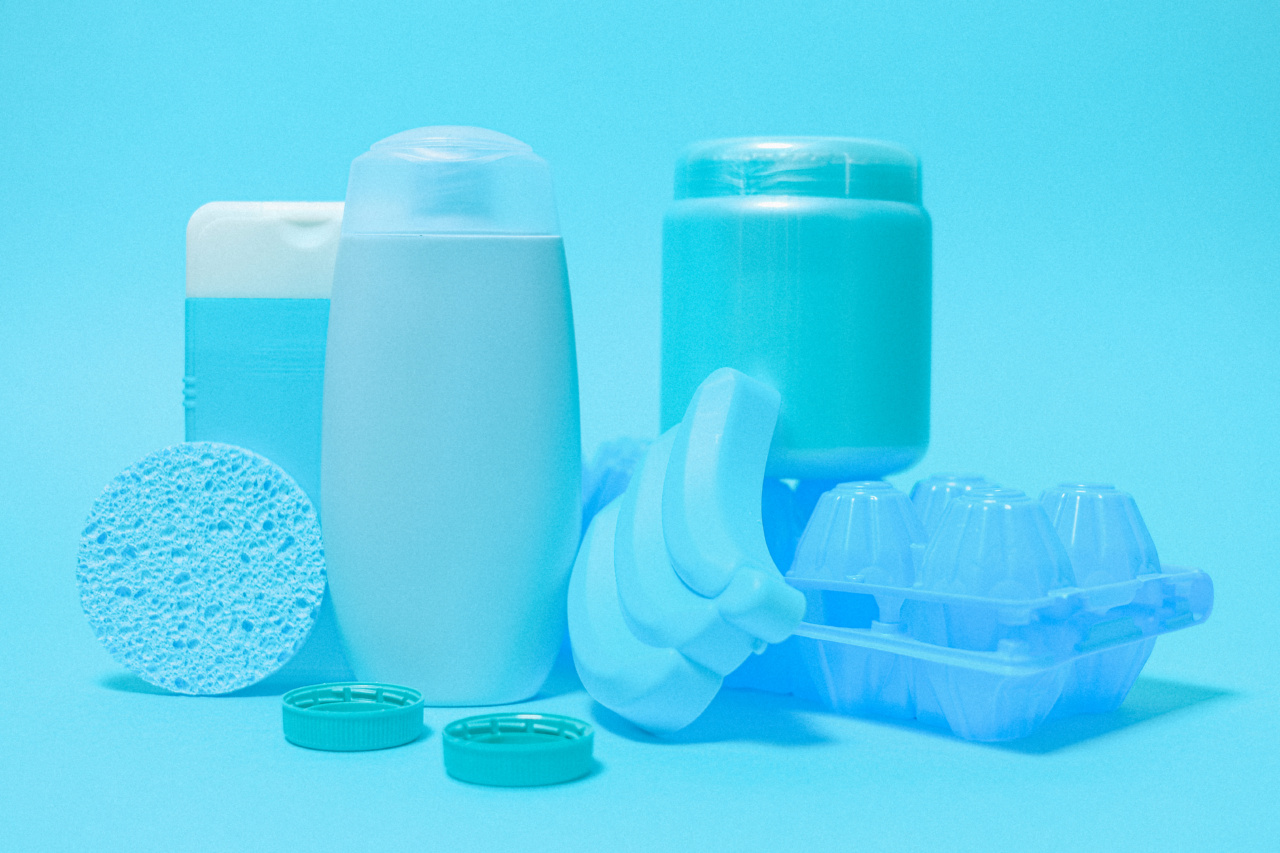Many households rely on dish sponges to clean their dishes and utensils. However, over time, these sponges can become dirty, smelly, and less effective at cleaning. So, how many times can you reuse a dish sponge before it’s time to toss it out?.
The lifespan of a dish sponge
The lifespan of a dish sponge can vary depending on several factors, including how often it is used, how well it is cared for, and the type of sponge. On average, a dish sponge can be reused for about two to four weeks before it should be replaced.
The importance of proper care
Proper care of your dish sponge can help extend its lifespan and ensure that it remains effective at cleaning. Here are some tips for caring for your sponge:.
1. Rinse thoroughly: After each use, rinse your sponge thoroughly with warm water to remove any food particles and soap residue.
2. Squeeze out excess water: Squeeze out as much water as possible from the sponge to help prevent bacterial growth.
3. Store in a dry location: Allow your sponge to air dry completely after each use and store it in a dry location to help prevent the growth of mold and bacteria.
4. Sanitize regularly: To further prevent bacterial growth, sanitize your sponge regularly by microwaving it on high for one minute or running it through the dishwasher.
Signs it’s time to replace your sponge
Even with proper care, there will come a time when your dish sponge needs to be replaced. Here are some signs that indicate it’s time to toss out your old sponge:.
1. Foul odor: If your sponge smells bad, even after cleaning, it’s likely harboring bacteria that cannot be fully eliminated.
2. Discoloration: If your sponge has turned yellow or brown, it’s a sign that it’s worn out and no longer effective at cleaning.
3. Frayed or falling apart: If your sponge is falling apart or has frayed edges, it’s time for a new one. A worn-out sponge will not provide effective cleaning.
4. Increased bacterial growth: If you notice an increase in the frequency of illness or food poisoning in your household, it could be due to a contaminated sponge.
Choosing the right type of sponge
When selecting a dish sponge, it’s essential to choose the right type for your needs. Here are some common types of sponges:.
1. Cellulose sponges: These sponges are made from plant materials and are absorbent, durable, and biodegradable.
2. Scrubber sponges: Scrubber sponges have an abrasive side for tackling tough stains and a soft side for regular cleaning.
3. Natural sponges: Natural sponges are harvested from the ocean and are known for their exceptional absorbency and durability.
4. Silicone sponges: Silicone sponges are more hygienic than traditional sponges as they do not harbor bacteria. They are also heat-resistant and can be easily cleaned in the dishwasher.
Alternate methods for dish cleaning
If you prefer to avoid using dish sponges altogether, there are alternative methods for cleaning your dishes:.
1. Dish brushes: Dish brushes are a popular alternative to sponges. They have durable bristles that can scrub away food particles and are easy to clean.
2. Dishcloths: Dishcloths are another option for dishwashing. They are reusable and can be easily cleaned in the washing machine.
3. Disposable wipes: Disposable wipes are a convenient option for quick cleaning, but they generate more waste compared to reusable sponges or brushes.
Conclusion
While dish sponges can be reused multiple times, it’s important to replace them regularly, usually every two to four weeks.
Proper care and maintenance can help prolong the lifespan of a sponge, but eventually, signs such as foul odor, discoloration, and fraying indicate it’s time for a replacement. Consider choosing the right type of sponge for your needs and explore alternative methods for dish cleaning if you prefer to avoid sponges altogether.






























